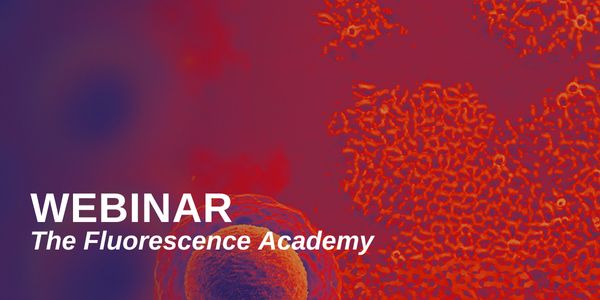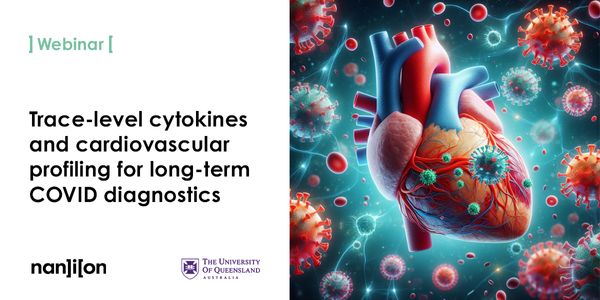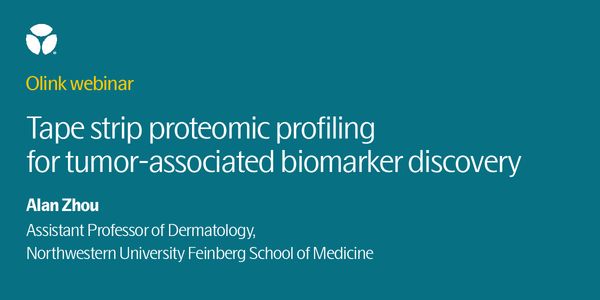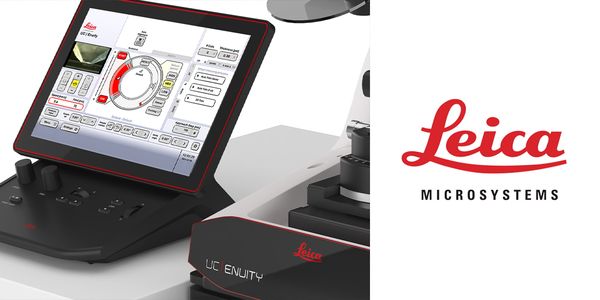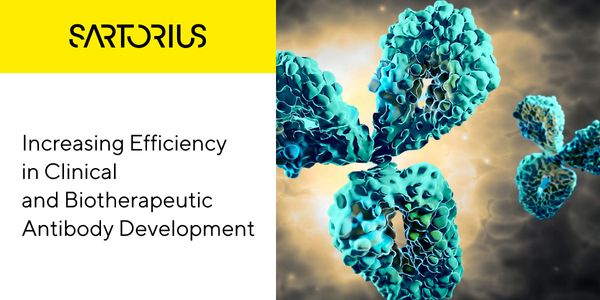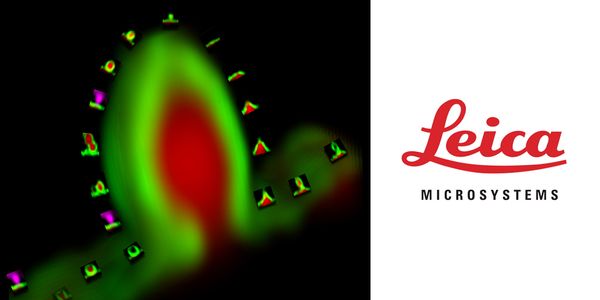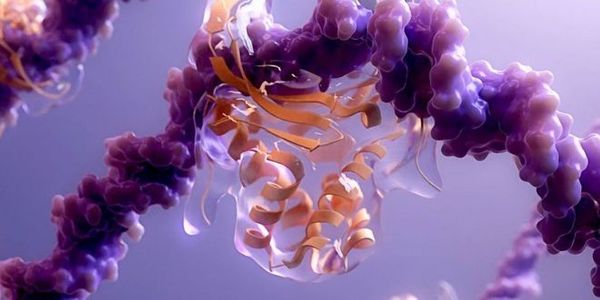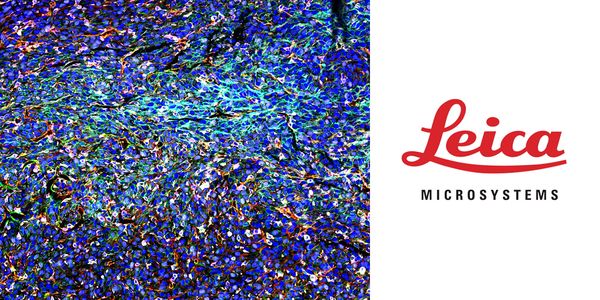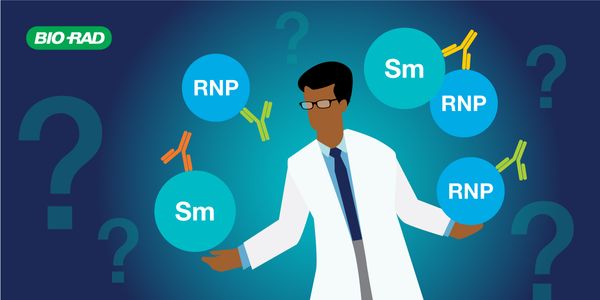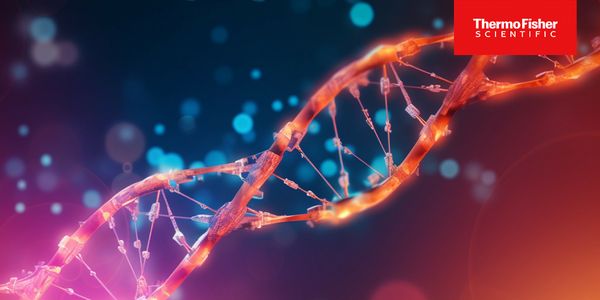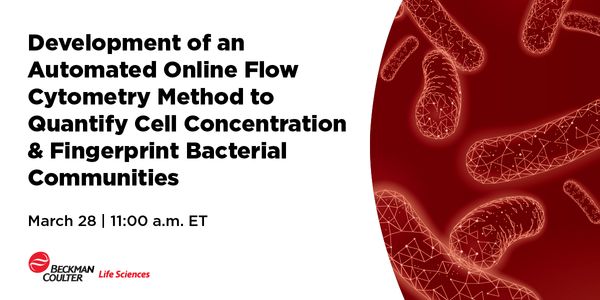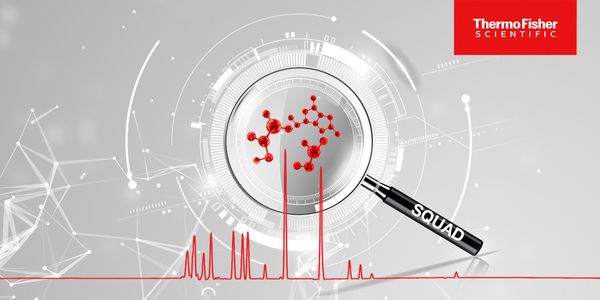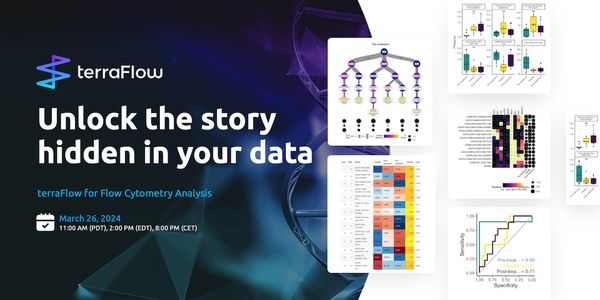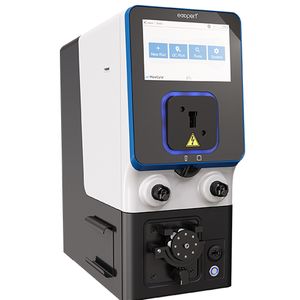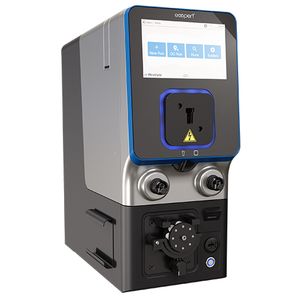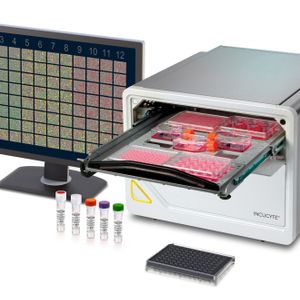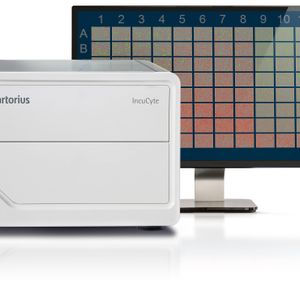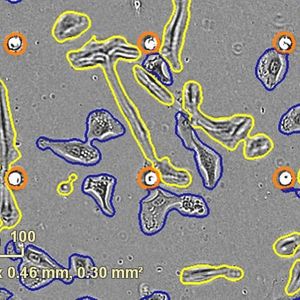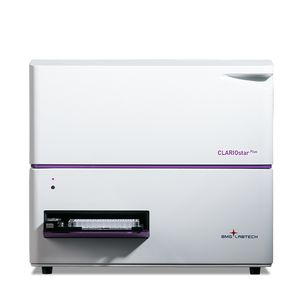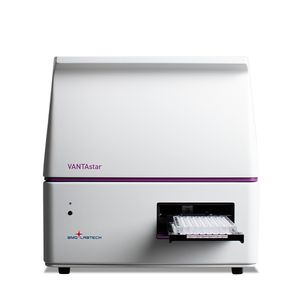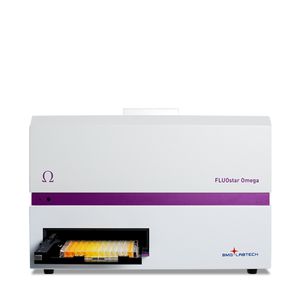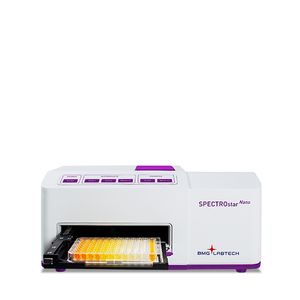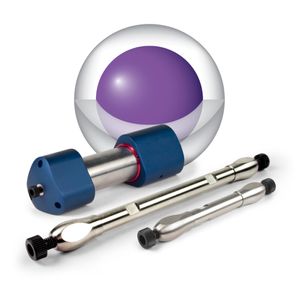Immunology Webinars
Follow a curation of discoveries and updates in immunology focusing on immune responses to infectious disease, structure and function, and developments in the defense against infection by watching and engaging in these webinars.
Show More
-
JUL 24, 2024 | 11:00 PMC.E. CREDITSSpatial transcriptomics offers a revolutionary approach to understanding the tumor microenvironment (TME) in solid tumors by preserving the spatial context of gene expression, which is cruci...
-
JUL 16, 2024 | 10:00 PMCell health assessment is the foundation in cancer drug discovery. Potential cancer drug candidates need to show anti-cancer activity such as inhibition of proliferation and induction of apo...
-
JUL 10, 2024 | 10:00 AMC.E. CREDITSThyroid abnormalities affect a considerable portion of the population. Globally, there is a large population of people who have undiagnosed thyroid dysfunction or are at risk of developing i...
-
JUN 27, 2024 | 7:00 AMGlobally, over 65 million individuals are estimated to suffer from post-acute sequelae of COVID-19 (PASC). A large number of individuals living with PASC experience cardiovascular symptoms (...
-
JUN 27, 2024 | 6:00 AMC.E. CREDITSHigh-resolution spatial transcriptomics stands at the forefront of technological advancements, offering transformative capabilities in the domain of tumor biology research. In this presentat...
-
JUN 26, 2024 | 12:00 PMMycosis fungoides (MF), the most common type of cutaneous T-cell lymphoma, is characterized by malignant T-cell skin infiltration leading to inflammation and skin barrier defects. To effecti...
-
JUN 20, 2024 | 7:30 AMTransmembrane proteins (TPs) serve as crucial conduits between the internal and external environments of cells, regulating ion and molecule passage and orchestrating cellular responses to ex...
-
JUN 19, 2024 | 8:30 AMJoin us for an illuminating webinar as we delve into the realm of open automation with Inpeco, the global leader in Total Laboratory Automation. Discover how their groundbreaking s...
-
JUN 18, 2024 | 8:00 AMProteomics – a unique source for a vast pool of information is also very complex when it comes to analysis. In the last decade and half, there has been some significant advancements fo...
-
JUN 18, 2024 | 8:00 AMPatients with rheumatoid arthritis (RA) can be categorized as either anti-citrullinated protein antibody-positive (ACPA+) ornegative (ACPA-). In this webinar, Dr. Sung will present his...
-
JUN 12, 2024 | 10:00 AMDiscover advanced digital ultramicrotomy tools for fast and accurate automated sectioning and start 3D volume acquisition directly where it matters. In this webinar, we will discuss applicat...
-
JUN 05, 2024 | 9:00 AMWith a comprehensive overview of the developments in immunotherapeutics, this webinar focuses on the utilization of B cells in the production of monoclonal antibodies (mAbs) comparing conven...
-
JUN 05, 2024 | 8:00 AMAs the most widely used viral vector for gene therapies, Adeno-Associated Viruses (AAVs) present unique advantages, including their ability to enter both dividing and non-dividing cells, the...
-
JUN 04, 2024 | 9:00 AMMembrane fusion and budding mediate fundamental biological processes like intracellular trafficking, exocytosis, and endocytosis. For many decades, fusion has been thought to open a nanomete...
-
MAY 23, 2024 | 10:00 AMC.E. CREDITSPrecise protein quantification is a crucial step in workflows involving protein extraction, isolation, and analysis. Accurate knowledge of the concentration of your protein sample is essenti...
-
MAY 23, 2024 | 7:00 AMNucleic acid extraction is a fundamental step in unlocking the genetic information contained within biological samples. Isolated nucleic acids are the basis for a multitude of analyses and a...
-
MAY 22, 2024 | 8:00 AMPrecision medicine aims to match the right therapy to the right patient at the right time, improving efficacy and reducing side effects. In this webinar, Dr. Hsu discusses his work to develo...
-
MAY 15, 2024 | 9:00 AMImmunotherapies, including immune checkpoint inhibitors, have emerged as promising treatments for advanced cancers. However, a subset of patients exhibits resistance to such therapies, and t...
-
MAY 07, 2024 | 8:00 AMC.E. CREDITSAntibodies against ribonucleoprotein (RNP) are an important serologic marker for mixed connective tissue disease (MCTD). RNP interacts with Smith (Sm) proteins to form the Sm/RNP complex. An...
-
APR 18, 2024 | 8:00 AMThis webinar will demonstrate how the MANTIS and TEMPEST liquid dispensers enable assay automation and miniaturization in various applications such as PCR, NGS, immunoassays, and cell and or...
-
APR 18, 2024 | 7:00 AMAbstract: Beginning with a brief historical overview of CRISPR, we will trace its evolution to the current state of gene engineering, highlighting its pivotal role in reshaping the landscape...
-
APR 04, 2024 | 11:00 AMThroughout the journey from manufacturing to patient delivery, low efficiency and poor biocompatibility of conventional preservatives are barriers to successful cell preservation. Our webina...
-
MAR 28, 2024 | 8:00 AMFlow cytometry is a powerful method for the quantification of microorganisms, unparalleled by other technologies. We will (1) give an overview of the benefits and use cases of flow cytometry...
-
MAR 28, 2024 | 8:00 AMB cell responses within pancreatic ductal adenocarcinoma (PDAC) tumors are associated with improved patient outcomes, yet the specific triggering antigens remain largely unknown. In this web...
-
MAR 27, 2024 | 8:00 AMMetabolomics research involves two approaches: untargeted analysis, which provides a broad overview of molecular changes but lacks precision, and targeted analysis, which focuses on specific...
-
MAR 26, 2024 | 7:00 PMC.E. CREDITSThe implementation of a preemptive pharmacogenomics (PGx) program in a hospital setting requires a multidisciplinary approach to ensure seamless integration of each stage of the process for...
-
MAR 26, 2024 | 11:00 AMEver wonder what you’re missing in your data? The sheer complexity of today’s flow and mass cytometry datasets demands automated solutions. Machine learning plugins only provide...

